
Cartilage chipping, nerve pinching, subluxated vertebrae, tongue problems – to mention only a few – can result in further behavioural and even psychological damage to the horse, which will make it almost impossible for horse and rider to find harmony. So please: listen to what your horse is trying to tell you! If you train the horse fairly and kindly the horse will accept you as the alpha horse. Once the horse accepts you as the alpha or leader, they can’t help but try to please you; it is in their nature for the last 50 million years. It is in the horse’s instinct to do want you want them to do, as long as you follow the natural and classical training methods. Be aware of potential saddle fit issues if behavioural changes or issues crop up over a longer period (a couple of days!) and do your due diligence to avoid the results shown in these photos.
The following pictures demonstrate clearly some of the often-irreparable long-term damage, which can result from a badly fitting saddle.
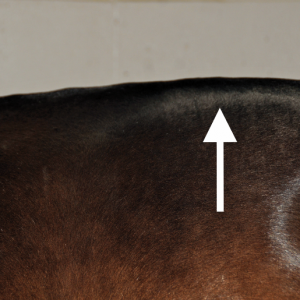
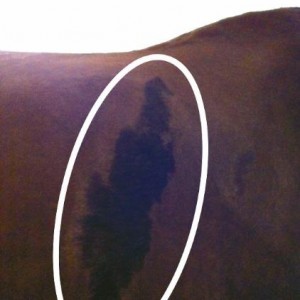
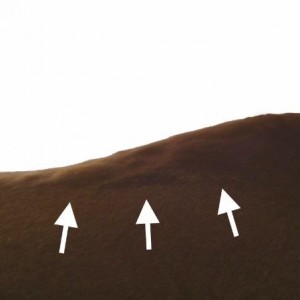


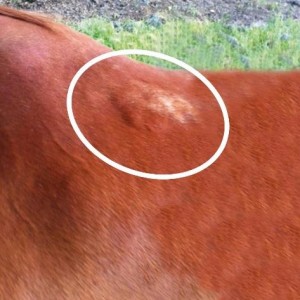
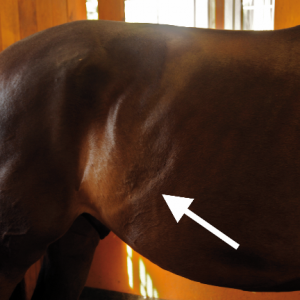
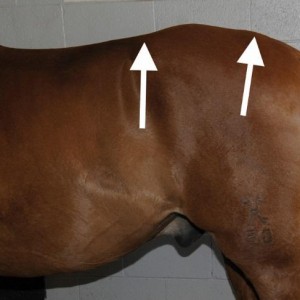
What is muscle atrophy?
When a muscle has been trained for more than it would have been used naturally and then is not used or trained anymore, the muscle will atrophy back to its shape as determined by nature. The other muscle atrophy we speak of appears when an unbalanced saddle puts too much pressure on a particular muscle and the horse will tries to remove or avoid this pressure. As a result, it will go into defensive mode, contracting the area and possibly surrounding muscles and altering its gaits. Especially under the point of pressure, where circulation is impacted reducing nutrients and oxygen to the area, the muscle will develop “back” or atrophy. This will only be stopped and reversed when the culprit is removed or adjusted to fit properly. A properly fitted saddle and proper training, will usually allow the muscle area to regenerate.

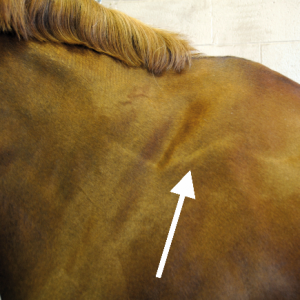
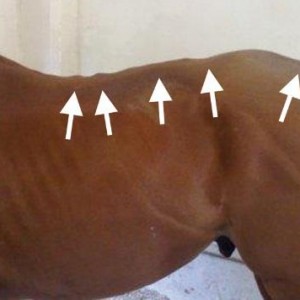

What is muscle definition?
Muscle definition refers to the generally positive development and growth of a muscle or muscle groups. It can also be negative, however, depending on whether the horse develops its muscular conformation as expected during proper training methods, or whether the muscles are defined incorrectly because of defensive contraction to counteract incorrect riding or a poorly fitting saddle. The negative muscle definition is often considered to be ‘hypertonic’ which means that the contraction phase of these muscles is often unnaturally long and in a state of abnormally high tension. This will often result in tight, cramped, and painful muscle development.
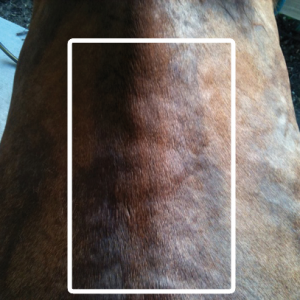
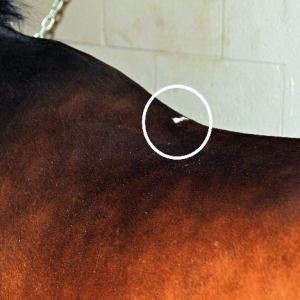
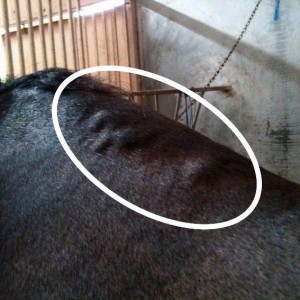
Horses may show us visually that there are problematic issues with their saddles by the following observations: gait abnormalities, a 4-beat canter, refusing jumps, toe dragging, head nodding, tail swishing, a poor work attitude, a hollow tense back, sore back, bad behaviour, resistance to move forward, a lack of engagement, abnormal muscle definition and/or atrophy, lameness, kissing spine, spondylosis, and may seemingly need ongoing hock and stifle injections.
This article originally appeared on SaddleFit4Life and is published here with permssion.
Be sure the check out our newest category Saddle Fitters!!.
You can find even more informative articles in our sections on Health & Education and Tack & Farm.

































